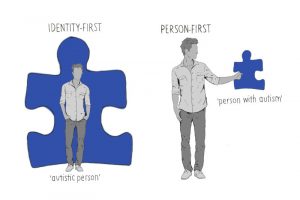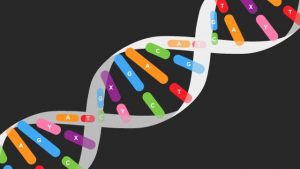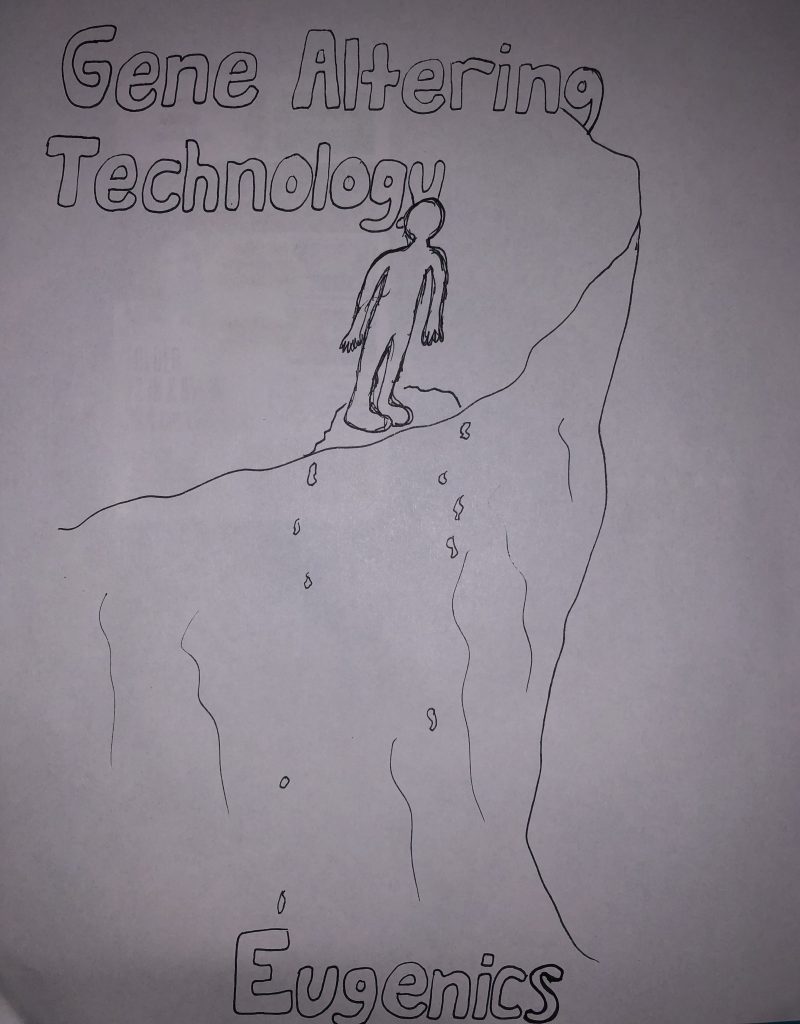Austism spectrum disorder (ASD) includes a large range of conditions that is characterized by difficulties with social skills, communication, and repetitive behaviors. As of right now, there is no cure for ASD, and the current treatments include behavioral management therapy, medication treatments, nutritional therapy, and more.
Since ASD is largely a genetic disorder, it is justified to presume any effective cure would be based in gene altering practices. However, with gene altering technology comes things such as protecting and securing DNA data bases and each family’s confidentiality. The most controversial of all considerations might be the abuse of further research of gene altering technology to moving into the realm of eugenics, which is controlled breeding by choosing favorable genetic traits. This begs the question, should we knowingly alter the genes of an unborn child because those genes might lead to ASD?
The Debate
Many believe a cure should be pursued. Those suffering from or supporting those that suffer from the more severely debilitating symptoms of ASD have seen the worst of what the disorder can bring: extreme difficulty with sleeping, focusing, communication, and much more. Those advocating for a cure might not see ASD as being an integral part of who someone is but more of a chain holding someone back from living a fulfilling life.

But of course, not everyone on the spectrum suffers from severe symptoms. Many that have experience with the less severe symptoms advocate that a cure is an unethical pursuit. They believe that by pursuing a cure for autism it would lead to completely and irrevocably changing a person, and there is no justifiable reason to do so.
A Slippery but Useful Slope
The pursuit of a cure would undoubtedly lead to major advancements in understanding the human genome with hopefully having the ability to know exactly what genes cause ASD and why. But the case made here is if a cure is pursued, one must be deliberate and proactive in their research.
This is to say, with the knowledge of how to alter gene expression ultimately comes the ability to change genes whether or not they are harmful, so preventative laws or policies to avoid the use of eugenics must be enforced. Pursuing scientific advances isn’t always ethical, and in the case of gene altering technology, crossing the line can be far too easy and appealing. (If you want to read more about the ethics of gene altering technology, click here.)
Freedom is Key
Ultimately, the choice of whether to change a child’s genome before they are born to prevent ASD would be left up to the parents. If this were to ever become a reality, it should never be forced upon a parent given the sheer lack of knowledge of how ASD would affect the child in the future.
The Science
As mentioned before, ASD is predominantly a genetic disorder. Furthermore, the implicated causes for ASD are genetic in nature. A mutation in the following proteins are linked to certain forms of ASD:

- L-VSCC in Timothy syndrome
- RSK2 in Coffin-Lowry syndrome
- CBP in Rubinstein-Taybi syndrome
- Ube3A in Angelman syndrome
- MECP2 in Rett syndrome
Additionally, strong evidence has linked mutations of neuroligin and neurexin synaptic adhesion molecules to ASD. Neuroligin and neurexin work together to modulate the formation and function of synapses. For example, neuroligin-3 ASD missense mutations in knock-in mice showed similar characteristics known to ASD.
Another example of a gene mutation linked to ASD is the mutation of the FMR1 gene that causes Fragile X Syndrome, which leads to the decreased expression of the protein FMRP, which regulates the translation of certain mRNAs at the synapse.
